How will we let our students arrive at their destination?Allowing our students to embark on their own learning journeys is essential if we are to truly engage the learners in the programs in which we teach. As each of our students is a very unique individual, so too is their learning journeys. I recently led a 2-day workshop at Greenfield Community School in Dubai and one of the major ideas that I presented was just how critical it is to make student learning outcomes explicit at the start of the units that we teach.
I stressed that both the starting and end points of their learning journey relate directly to the student learning outcomes and used the picture below during my keynote presentation in Dubai to emphasize the fact that each and every student learning journey is a uniquely different experience. At the end of the unit, some students will arrive at their final destination in a sleek, decked-out car that has not only the basic requirements, but also all of the extras. Students who go above and beyond and are great thinkers doing more than required to show their knowledge and understanding of the key learning outcomes. Some students will arrive at their final destination in a beat-up, dirty car that is perhaps missing a wheel, hubcap or a windshield wiper. My point here is that the students demonstrate most of the student learning outcomes in a unit, but may miss one or two. Despite not being able to do it all, they have still understood most of the big ideas in the units that they teach and are therefore successful in their own right. I used the photo of a group of people pushing the truck to represent the idea that some of our students will need as much help as possible in reaching the learning outcomes in the unit. This help comes not only from the teacher, but also their peers. Allowing students to peer teach and support one another adds a whole new dimension to the possibilities that exist in allowing every single student to achieve success in the programs we teach. The picture of the group of people pushing the truck represents a students being given support and guided by their peers and the teacher. What are your thoughts about getting students to peer teach in PE? How can we give more opportunities for our students to achieve success in our programs? Thanks for reading.
2 Comments
Working together with students to identify key ingredients for success in sprintingOne of the main student learning outcomes in my Athletics unit is to get students understanding specific techniques related to running, jumping, and throwing. Not only do they need to be able to understand important Athletics techniques, they also need to be able to provide genuine feedback to one another in order to help each other improve upon their performance. For those of you who read my last blog post, you know that Ross Halliday and I have been co-teaching at my school here in Nanjing. Ross and I have been mapping out and planning learning activities for my students. This week we are focusing on breaking down effective sprinting into key components. Our line of questioning relates back to the original driving question of the unit which was "What are they key ingredients for success in Athletics?". In this week's lessons we are asking the question, "What are the key ingredients for success in sprinting?". To get this done, we are having all students in grade 2-5 go through 6 phases in their sprinting lesson in PE. A) Revisit prior learning in previous PE class (Usain Bolt lesson). As a funny way to introduce this lesson, Ross came up with the idea of having the students sing Head, Shoulders, Knees, and Toes song but changed the word 'shoulders' to 'arms' (Head, Arms, Knees, and Toes). Including this song in our lesson really worked to emphasize the key body parts involved in effective sprinting. B) In the next part of the lesson, we took the students outside to get their times in either a 50m-sprint or 100m-sprint. (grades 2/3-50m, grades 4/5-100m). Once we finished doing this, we went back into the classroom located beside the running track. C) Once back inside the students recorded their sprint times and then watched the following You Tube video clip of Usain Bolt's sprinting technique broken down in slow motion. An excellent video to really initiate discussion about what effective sprinting looks like. D) We broke down Usain's sprinting technique by looking specifically at what the head does, what they arms do, what the knees do, and what the feet do. On the assessment sheets provided, we allowed space for the students to record each of the key ingredients for success in sprinting. Once done the Usain Bolt sprint analysis part of the lesson, we had the students record these key ideas on their assessment sheets.
E) Feedback time! This was the best part of the lesson as the students then went back outside to analyze each other's sprinting style. As we had broken down what effective sprinting looks like, the students knew the key ingredients for success and began to give some feedback to one another. The feedback was rough around the edges and definitely needed work, but it was a GREAT starting point. It provided me with excellent information on what I needed to focus on next, but also gave the students a chance to put into practice the skill of providing genuine feedback to their partner. F) After this peer feedback session, we went back into the classroom. The students recorded key feedback that they had received from each other (main areas in need of improvement) on their own assessment sheets and then set a target time that they would like to run the 50m or 100m. Ensuring learning outcomes are explicit and clear increases chances of student success in PE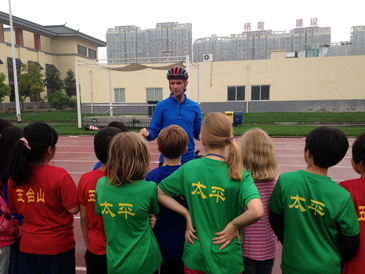 I try my best to introduce student learning outcomes at the beginning of a unit in new and different ways. I have been very lucky to have Ross Halliday, head of PE and Sport at Caulfield Grammar School co-teaching with me over the past several days. As part of Ross' self-initiated professional growth plan, he was given approval to fly over from Melbourne to co-teach and collaborate with me. Together we have been doing some exciting things in PE and I have benefitted just as much as Ross has from this experience. Ross blogged about our recent tuning in activity done with all the grades from 2-5 last week. It is an excellent blog post as it breaks down what are learning intentions were for the students and also includes video as well. I firmly believe that making student learning outcomes very clear and explicit at the start of a new unit is imperative as it helps to tap students into the important expectations and what they need to be able to know and do. I wanted to quickly summarize how student learning outcomes were made explicit at the start of my Athletics unit. We started off by watching an inspirational Olympic video and asked the students to think about the following question, "What are the key ingredients for success in Athletics?". After watching the video, they went for a 'walk and talk' session with their elbow buddy and discussed their answers to the question. I recorded all student answers from grades 2-5. At the end of the week, using student generated answers, I created a visual that captured their thoughts and ideas related to what success looks like in Athletics. See picture below. Using the student generated answers I made immediate links to the actual student learning outcomes from the PSPE scope and sequence that I use to help plan my units. I created an additional 2 visuals at this point that highlighted the important student learning outcomes in grades 2/3 and in grades 4/5 for Athletics. Included in these visuals was a jpeg of the key question asked from last week along with the student answers. Adding this jpeg into the student learning outcomes visual will help make immediate connections to prior learning.
I have these visuals ready for the students and will be the first thing introduced when they come to the second lesson of Athletics this week. Some of my classes have already seen them. As you can see, there is a difference between the grade levels (2/3 and 4/5). Can you spot it? As well, I purposely recorded the student learning outcome, "I can be the best I can be" twice to make a strong point that Athletics is about being the best that a student can be. Winning first or finishing last doesn't matter, it's about how hard you try and improving upon your personal results. All in all, a great start to Athletics at Nanjing International School. Joost is a passionate physical educator having worked in a number of different countries. He is a workshop leader and has his own PE website that can be found at http://peteam.weebly.com/. Joost currently works in South Korea and generously shares his work and passion for PE. Thanks Joost for your Good Teaching is L.I.F.E reflection. I hope to meet you one day in person.  A Bit About Joost: Joost grew up in The Netherlands and was raised by travel-minded parents. He is a qualified Physical Education teacher from K1-grade 12, with a specialization in Sports Management. Joost is passionate about Physical Education, , PYP, ICT in PE and Competitive Sports. He has taught K1 till grade 10 PE and on top of that has always had extra responsibilities such as ECA coordinator, Head of Department and Athletic Director. The last 6 years he worked as HoD PE and Athletic Director in Berlin, but has just begun a new life with his family at Dwight School Seoul, South Korea. Joost's Good Teaching is L.I.F.E Reflection Amanda has been an important member of our #PhysEd network on Twitter. Although I have never met Amanda in person, we have spoken a number of times over the past couple of years on Google Hangout and I feel that I know her. I respect the work she does and am happy that she agreed to contribute a Good Teaching is L.I.F.E reflection. Thanks Amanda.  A Bit About Amanda Dr. Amanda Stanec was born and raised in Nova Scotia, Canada where she attended and played soccer for St. Francis Xavier University. Through these years, Amanda developed a strong worth ethic to accompany her active lifestyle, in sport and other physical activities, and positive outlook on life. Amanda moved to the US over 15 years ago to begin her teaching and coaching career. During this time, she also attended graduate school at Virginia Commonwealth University. Amanda attained a Masters of Science with an emphasis in physical education and sport psychology from VCU. Completely cool with her love of learning, Amanda enrolled in a PhD program in Kinesiology within the Curry School of Education at the University of Virginia. Here, Amanda was awarded the outstanding doctoral student in the Curry School of Education at UVa in her graduating year (2006). Amanda’s two biggest successes – by far – are her two young children who inspired ABLE: Education & Wellness Consultants. Through Amanda’s pursuit of modeling an active, productive, and positive life to her children, ABLE was formed. Amanda can be found on Twitter at https://twitter.com/MoveLiveLearn and through her consulting business here. Amanda's Good Teaching is L.I.F.E Reflection I'd like to thank Sonya Ter Borg for her contribution to my Good Teaching is L.I.F.E series. Sonya and I first met a couple of years ago when we were both invited to work on a PYP project at the IBO head office in the Hague. She is an excellent educator and has become a good friend. Please read Sonya's Good Teaching is L.I.F.E reflection below. It can also be found on my Good Teaching is L.I.F.E page on this website. Thanks Sonya! 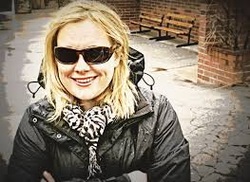 A Bit About Sonya: Sonya is an international educator located at the intersection of innovation, creativity and passion – She looks forward to meeting you there! She has been teaching for 16 years in 7 countries, located in 4 continents. Sonya is passionate about finding a significant opportunity to make a positive change wherever she is working. She enjoys learning more about the challenges and triumphs in education and believes in sharing ideas in order to deepen understanding. She uses her blog as a gathering place for all the ideas in her head and a way of connecting with others with a passion for education and learning. Her amazing blog can be found at http://sonyaterborg.com/. Sonya's L.I.F.E Reflection A video glimpse into the deepening our teacher practice workshop at GCSOver this past weekend, I was at Greenfield Community School in Dubai to lead a PE workshop focusing on inquiry and assessment in our subject area. The major themes over the weekend related to making student learning outcomes explicit, involving students in assessment design, making learning visual, and differentiated learning in PE. As well, we also focused on social media and the power of being a connected educator. Lots of new teachers now on Twitter and connected in our PE network. For me running the workshop was so much easier as I had such a wonderful group of switched on educators. 40 international school PE teachers from Oman, Jordan, Saudi Arabia, Qatar, Abu Dhabi, Uganda and different parts of Dubai attended the 2-day session. It was amazing to walk around and see all of the great things being discussed and shared in our Good Teaching Practice Sharing session on Day 2. Enjoy the video and photos below and a very special thank you to all the teachers for choosing to come to Dubai for the workshop. It was a pleasure working with all of you. I hope our paths cross again one day soon. |
AuthorKAUST Faculty, Pedagogical Coach. Presenter & Workshop Leader.IB Educator. #RunYourLife podcast host. Archives
September 2022
|
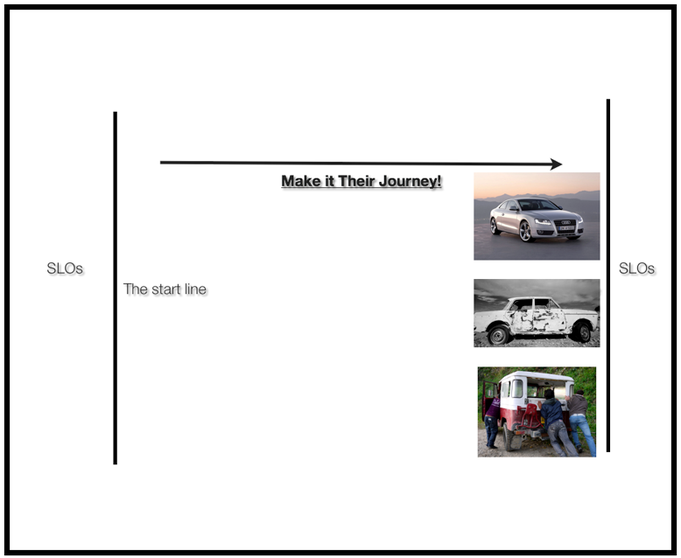
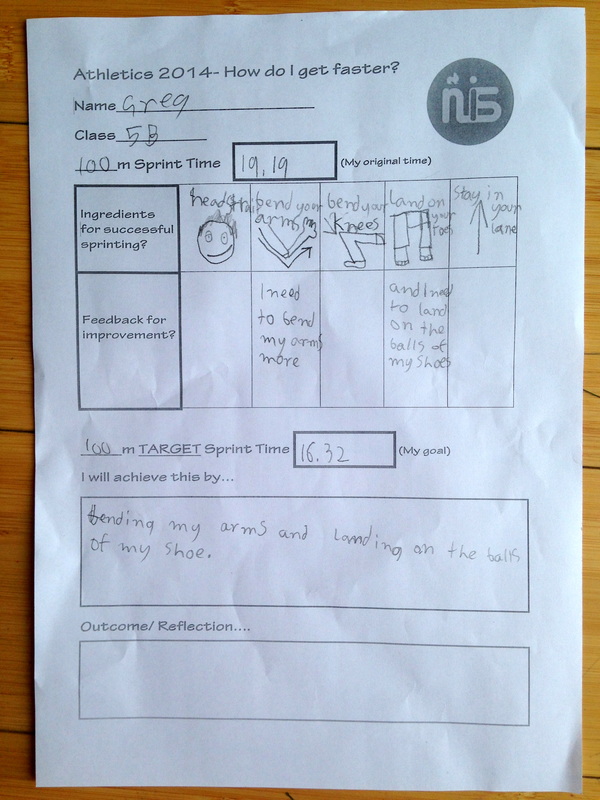
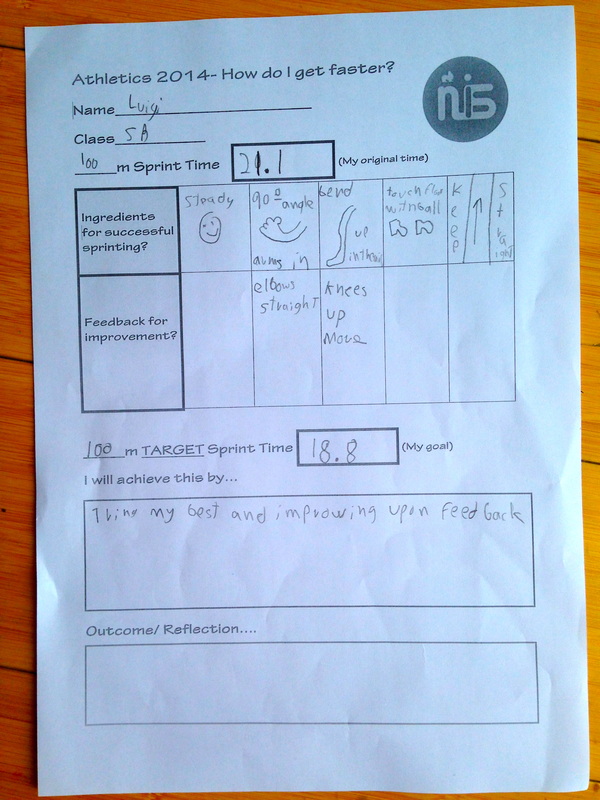
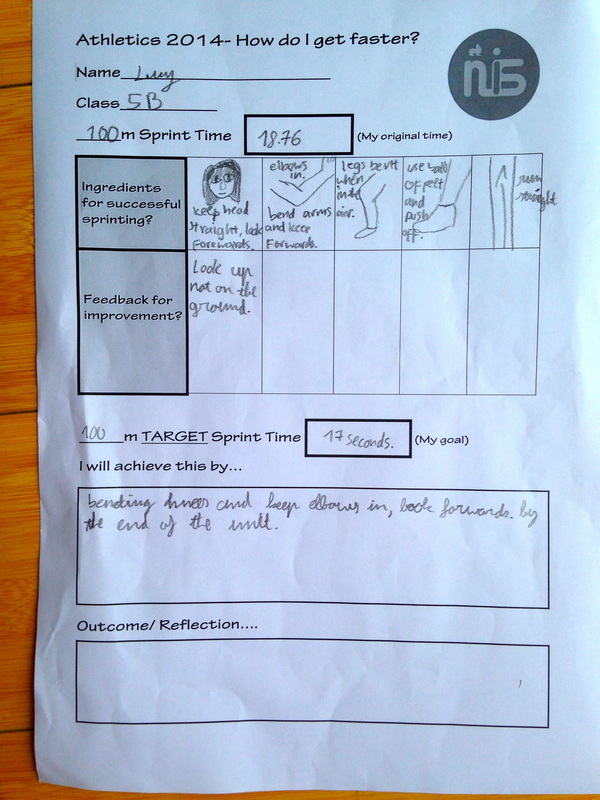
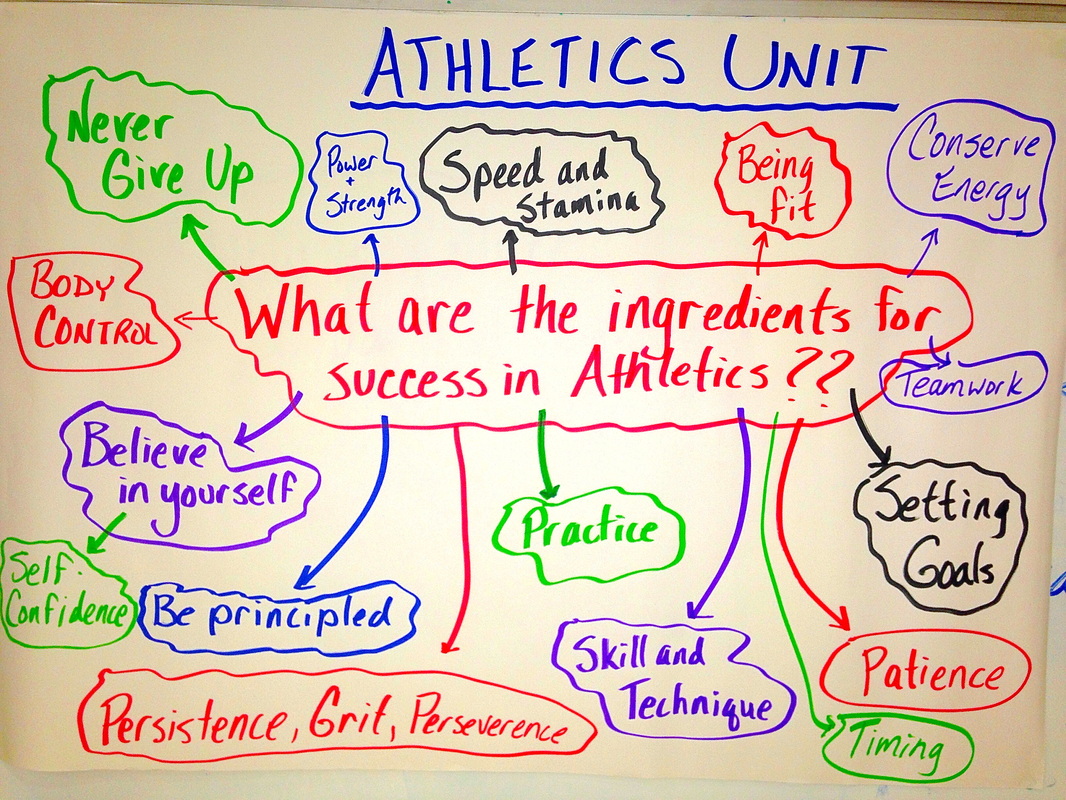
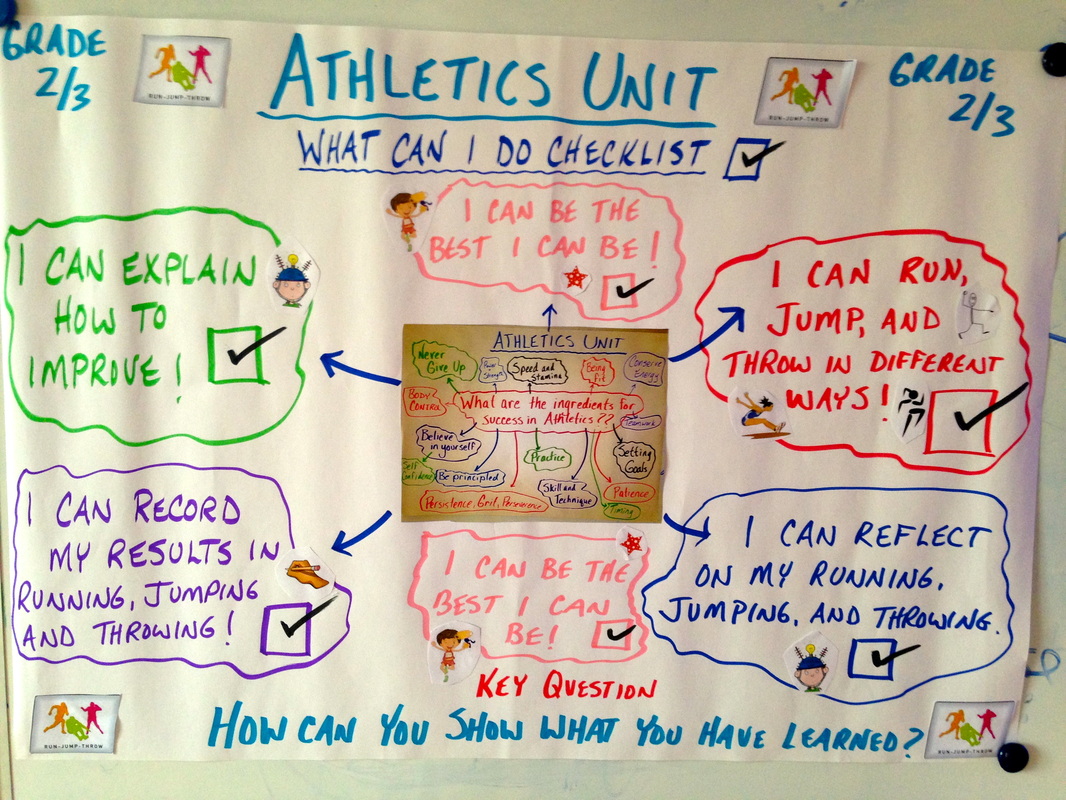
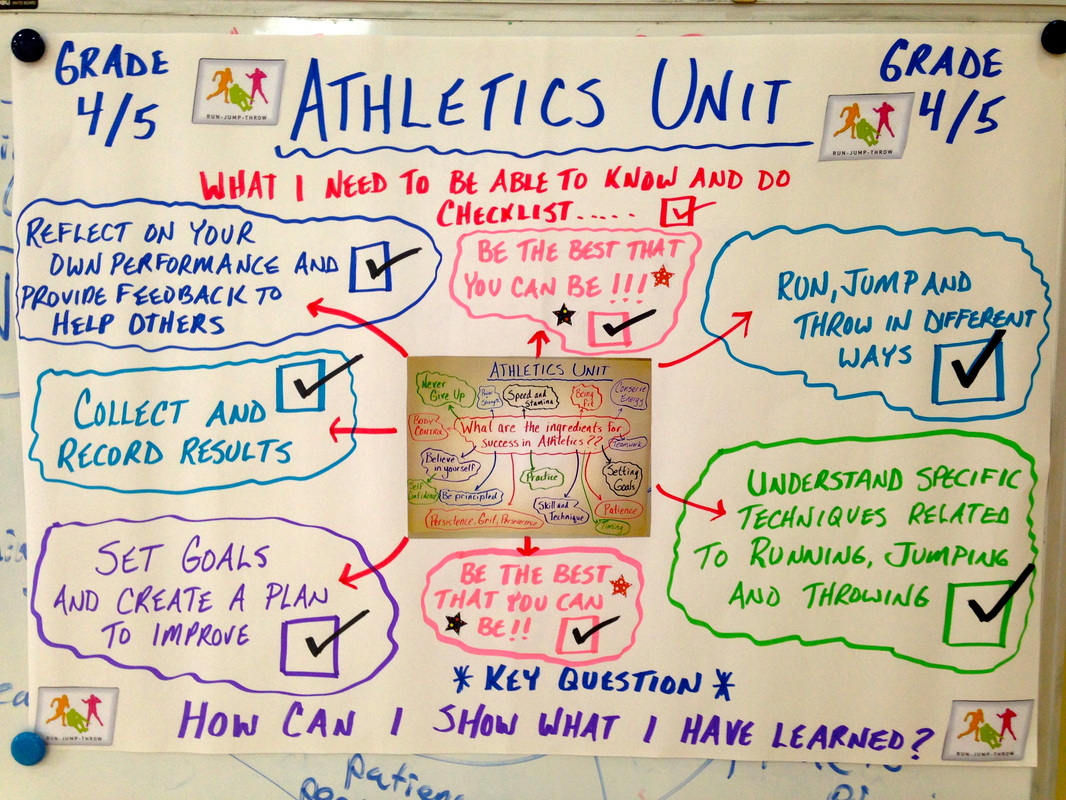
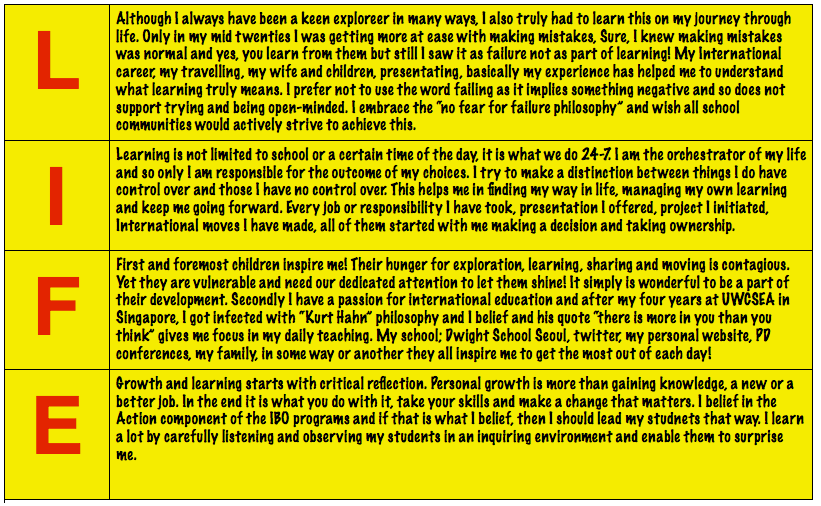
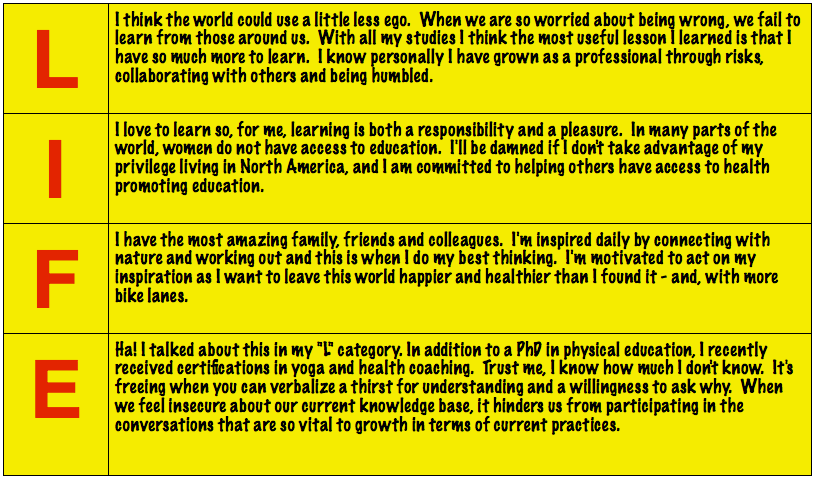
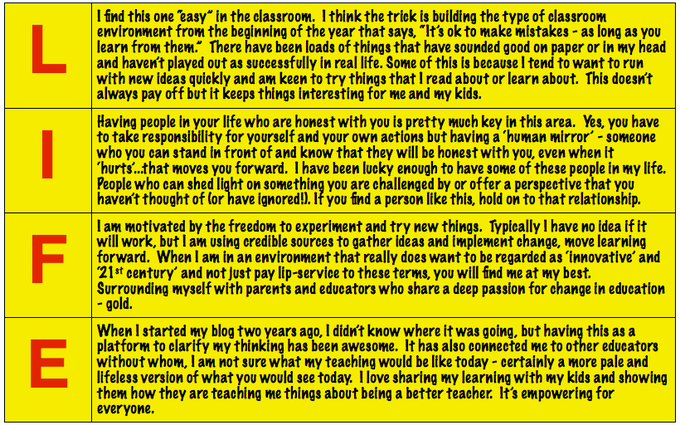
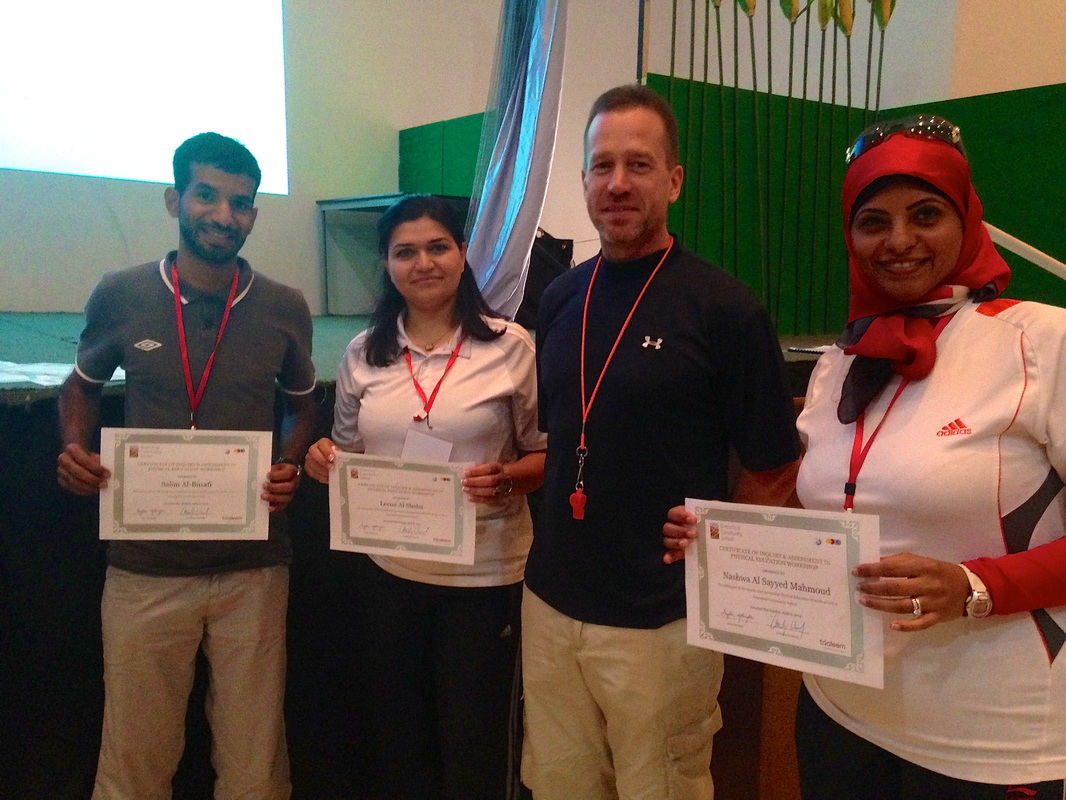
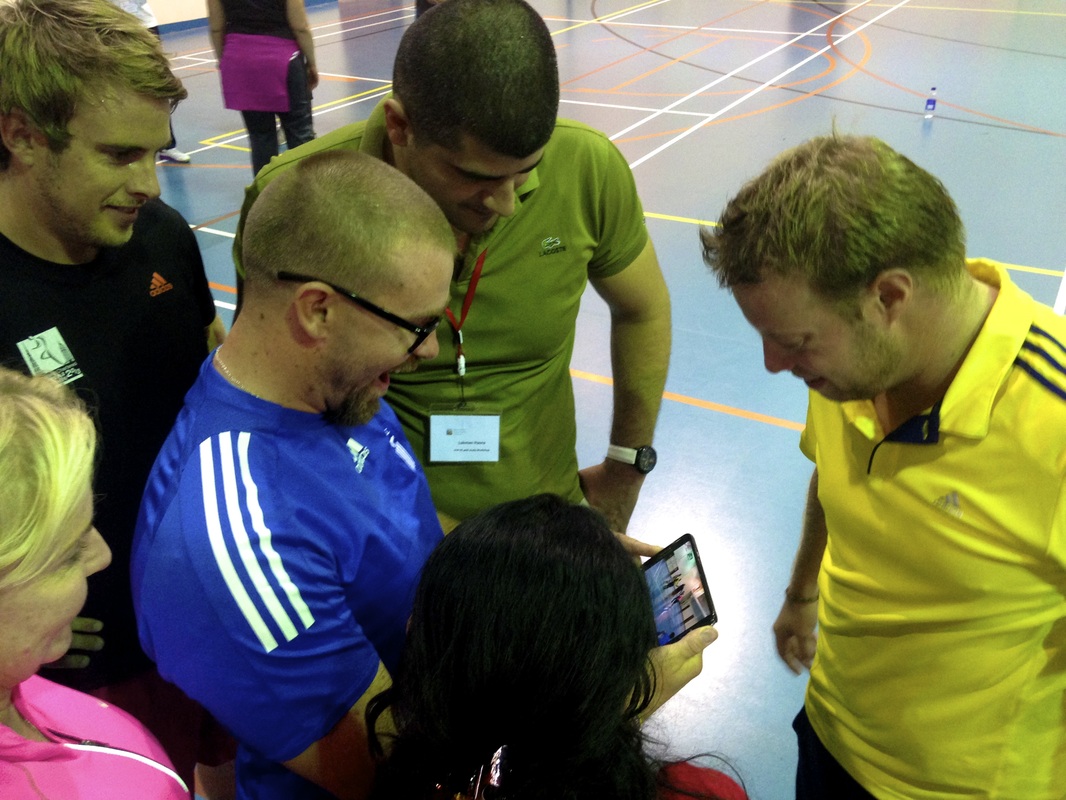
 RSS Feed
RSS Feed